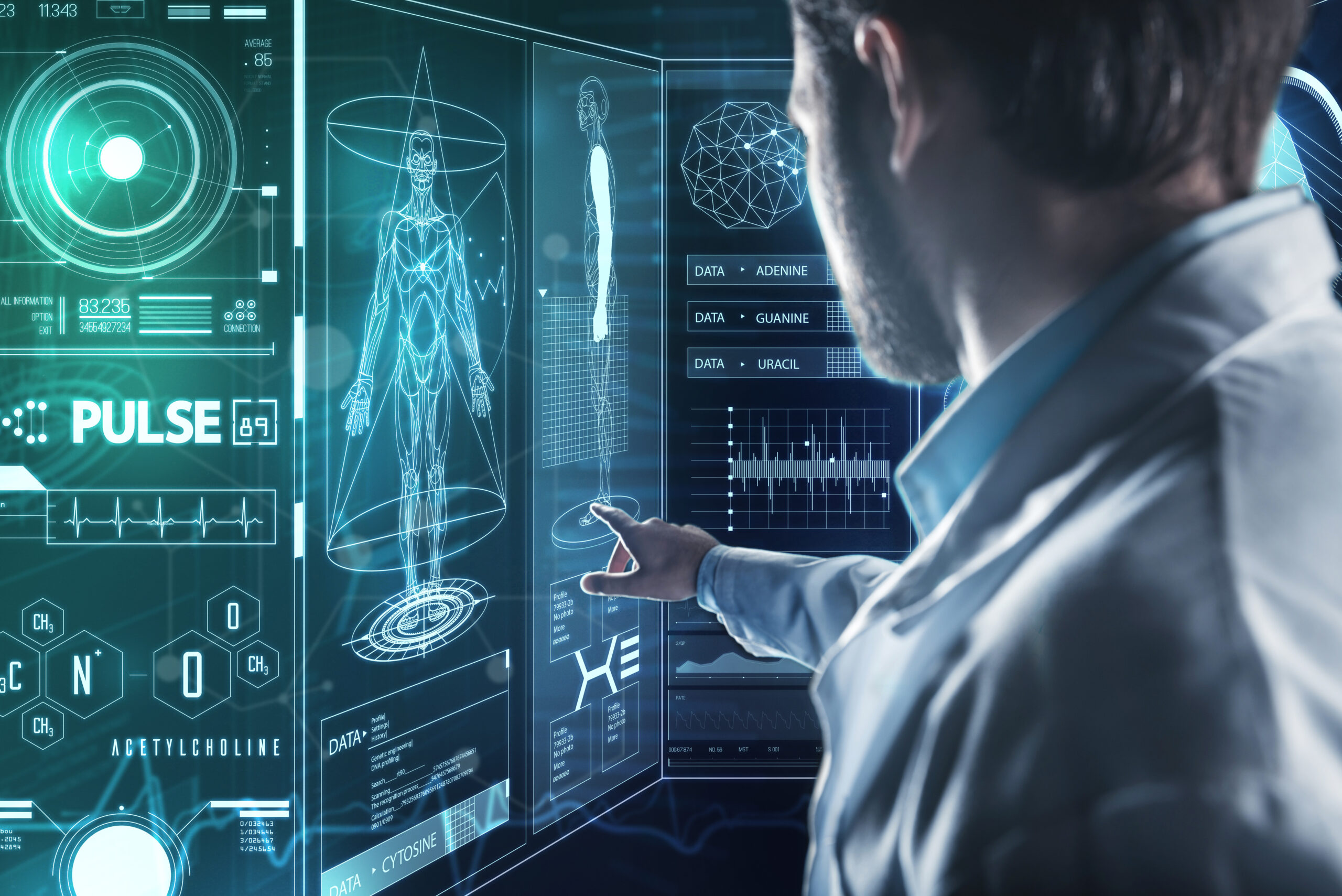Technology has always been a driving force for change, and nowhere is this more evident than in healthcare. Over the past two decades, we’ve witnessed a technological revolution that has fundamentally altered how care is delivered, experienced, and managed. As someone who has spent much of my career in the healthcare and real estate sectors, I’ve had the privilege of seeing firsthand how innovation can transform lives.
From telemedicine to wearable devices, technology has opened doors that were unimaginable a generation ago. Today, a patient in a remote area can receive expert medical advice without ever leaving home. A wearable device can monitor vital signs in real time, alerting doctors to potential issues before they become emergencies. These advancements are not just changing healthcare—they are saving lives.
A New Era of Accessibility
One of the most exciting aspects of technology in healthcare is how it’s breaking down barriers to access. Historically, healthcare services have often been concentrated in urban centers, leaving rural and underserved communities with limited options. Telemedicine has changed that. With just a smartphone or computer, patients can now connect with healthcare providers regardless of where they live.
This is a development that resonates deeply with me. In my work, I’ve seen how access—or the lack thereof—can impact people’s lives. Telemedicine isn’t just a convenience; it’s a lifeline for individuals who might otherwise forgo care because they can’t travel long distances or take time off work.
But accessibility isn’t just about geography. It’s also about affordability. Advances in technology have made certain diagnostic tools and treatments more cost-effective. For example, AI-powered algorithms can analyze medical images faster and more accurately than traditional methods, reducing the time and expense associated with diagnosing conditions like cancer or heart disease. These tools are helping to democratize healthcare, ensuring that more people can benefit from high-quality care regardless of their financial situation.
Empowering Patients Through Data
Another transformative aspect of technology is the way it empowers patients to take charge of their own health. Wearable devices like fitness trackers and smartwatches have become household staples, allowing individuals to monitor everything from heart rate and sleep patterns to glucose levels and oxygen saturation.
This shift is creating a new kind of patient—one who is informed, proactive, and engaged. When patients have access to their own health data, they are more likely to adopt healthier habits and recognize when something is wrong. This kind of empowerment is invaluable, particularly for people managing chronic conditions.
For healthcare providers, this influx of data represents a powerful tool for personalized care. Imagine a doctor who can review months of a patient’s health metrics before an appointment, gaining insights that would have been impossible to gather during a traditional check-up. The potential for early intervention and tailored treatment plans is enormous.
Challenges and Opportunities
Of course, integrating technology into healthcare isn’t without its challenges. One of the biggest hurdles is ensuring that these tools are accessible to everyone, including those who may not be tech-savvy or who lack reliable internet access. Digital literacy and connectivity are issues that must be addressed to ensure that technological advancements don’t widen existing disparities.
Another concern is data privacy. As we rely more heavily on digital platforms and devices, protecting patient information becomes increasingly critical. Healthcare organizations must invest in robust cybersecurity measures to safeguard sensitive data and maintain trust.
Despite these challenges, the opportunities far outweigh the risks. Technology is evolving rapidly, and the potential for innovation in areas like telemedicine, artificial intelligence, and medical devices is virtually limitless.
Looking to the Future
When I think about the future of healthcare, I’m inspired by the possibilities that technology offers. I envision a world where patients have seamless access to care, where early detection and prevention are the norm, and where personalized treatment plans are standard practice.
I also see a future where technology bridges the gap between healthcare providers and patients, fostering stronger relationships and better outcomes. Tools like AI-driven chatbots and virtual health assistants can help address routine questions, freeing up doctors and nurses to focus on more complex cases. At the same time, advancements in medical imaging and diagnostics will continue to improve accuracy and speed, ensuring that patients receive timely and effective treatment.
For those of us in the healthcare industry, the challenge is to embrace these innovations while keeping the human element at the forefront. Technology is a tool—a powerful one—but it’s the compassion, expertise, and dedication of healthcare professionals that truly make a difference in patients’ lives.
My Commitment to Innovation
As someone deeply involved in healthcare development, I’m committed to leveraging technology to improve access and outcomes for patients. Whether it’s incorporating telemedicine capabilities into the facilities I help design or advocating for the adoption of cutting-edge medical devices, I believe that innovation should be at the heart of everything we do.
But innovation isn’t just about the tools; it’s about how we use them. It’s about listening to patients, understanding their needs, and finding solutions that work for them. It’s about collaboration—between developers, providers, and patients—to create a system that truly puts people first.
Technology has already transformed healthcare in incredible ways, and I have no doubt that the best is yet to come. By embracing innovation and addressing the challenges head-on, we can create a future where healthcare is not only more effective but also more equitable. That, to me, is the ultimate goal.
